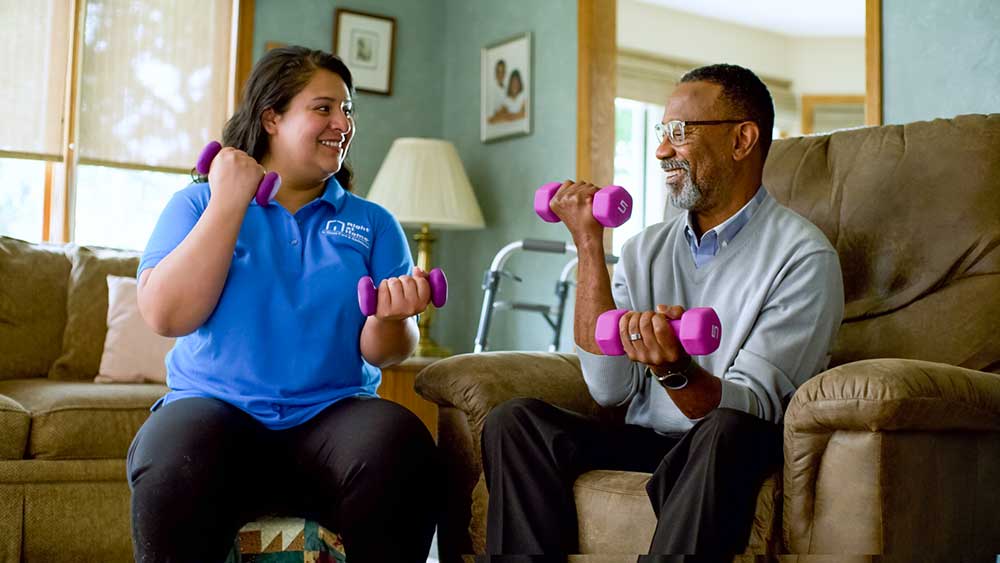

The DASH Diet: A Delicious and Simple Way to Better Heart Health
Did you know there’s a diet that can help fight high blood pressure? It’s not a typical diet of deprivation and denial, though. It’s a way of eating that involves making more healthy choices. It’s called the “Dietary Approaches to Stop Hypertension” (DASH), and it has been shown to lower one’s risk of high blood pressure, a condition that can lead to stroke, kidney failure and heart disease. The DASH diet also lowers LDL, or “bad” cholesterol. Here’s what you need to know about the DASH diet, and where you can find DASH-inspired recipes.
The Typical American Diet vs. DASH
Researchers developed the DASH diet more than 20 years ago. In their study, they put participants on one of three different diets. One was the usual American diet, heavy in salt, cholesterol and fat, and low in fresh produce. The other two were the same plan with extra fruits and vegetables, and the DASH diet, rich in fruits, vegetables and low-dairy foods. The people on the latter two plans ended the study with reduced blood pressure, but people on the DASH diet showed the greatest decrease in blood pressure while also seeing lower bad cholesterol. The study also put participants on different levels of sodium consumption and found that the less sodium one consumes, the greater the improvement in blood pressure levels.
And why do we care about blood pressure? The Centers for Disease Control and Prevention recently noted that only half of the 75 million adults in America who have hypertension (high blood pressure) have it under control. As hypertension typically has no symptoms, it might be “out of sight, out of mind,” even as it raises the risk of heart disease, stroke, vascular dementia, vision loss, kidney disease and other dangerous health conditions.
DASH Means Eating Smart
What’s great about the DASH diet is that no specific food is off-limits. If the DASH eating plan sounds attractive to you, here are some guidelines for adapting your diet:
Cut the salt. Avoid processed foods and check food labels for sodium levels.
Eat whole grains. Whole grains like wheat bread, oatmeal, brown rice, and whole wheat cereal and pasta are good sources of fiber. Fiber helps lower your cholesterol and keeps you feeling fuller longer.
Load up on veggies. Four to five servings a day will bring you fiber, vitamins and minerals. Even vegetable juice counts!
Fill up on fruit. For lots of fiber and heart-healthy vitamins, eat four to five servings a day. As an example, an apple is one serving.
Choose lean meat and fish. Skinless chicken or fish are great choices. Limit your servings to three ounces.
Proven To Help Heart Health
In 2021, the DASH diet was rated as one of the top-rated diets for heart health by US News & World Report. Following the DASH eating plan is a science-backed way to better heart health. Head to the Cleveland Clinic’s website for some great recipes to help you get started.
How Right at Home Can Help
Right at Home’s in-home caregivers can help you stick to a heart-healthy diet by providing assistance with meal planning, grocery shopping and meal preparation, and following the care plan from your doctor or other health care provider. Contact your local office to learn more.







